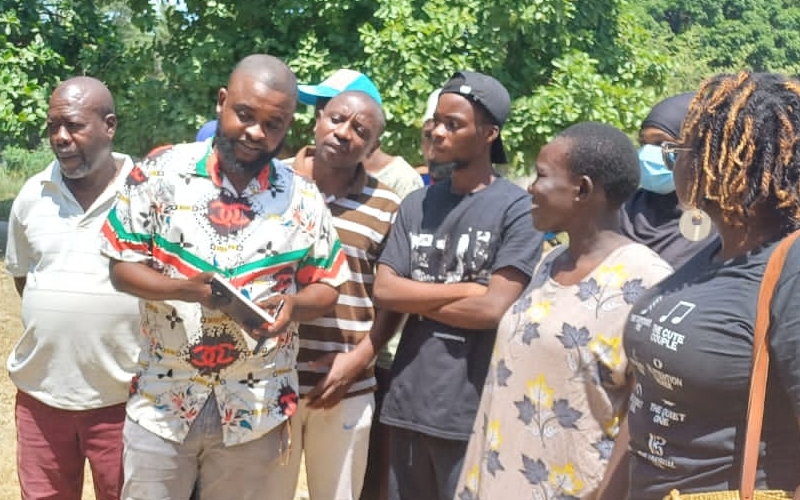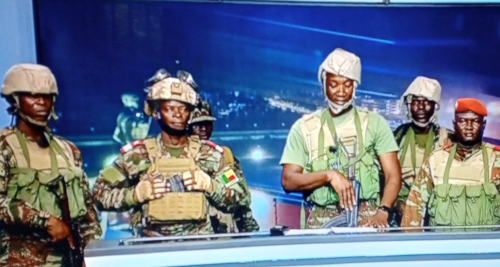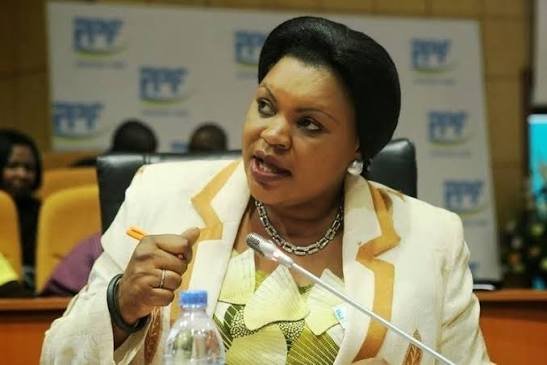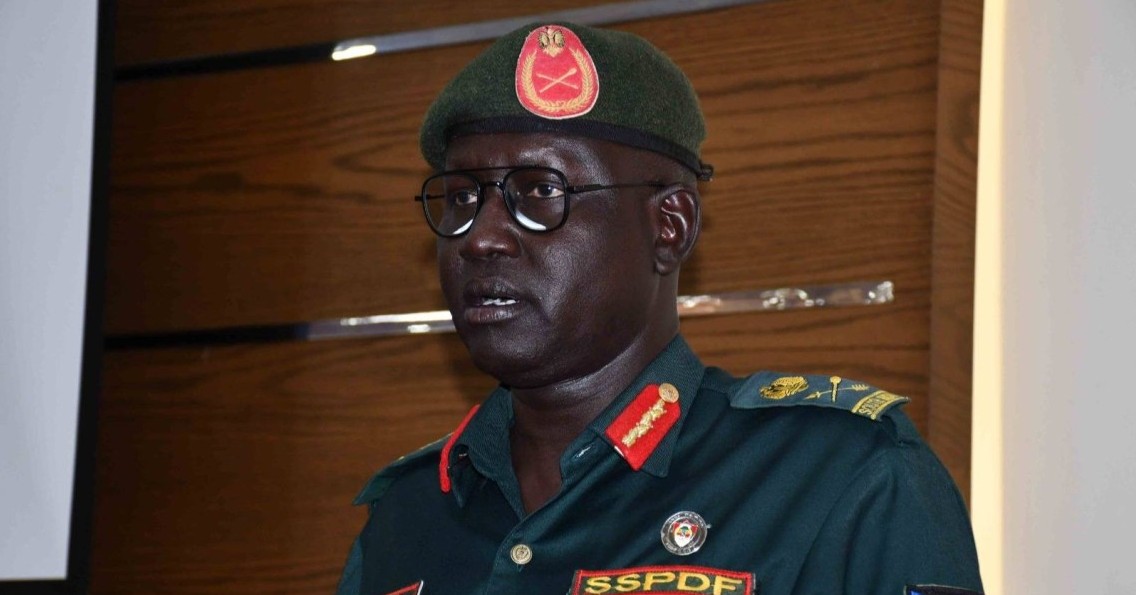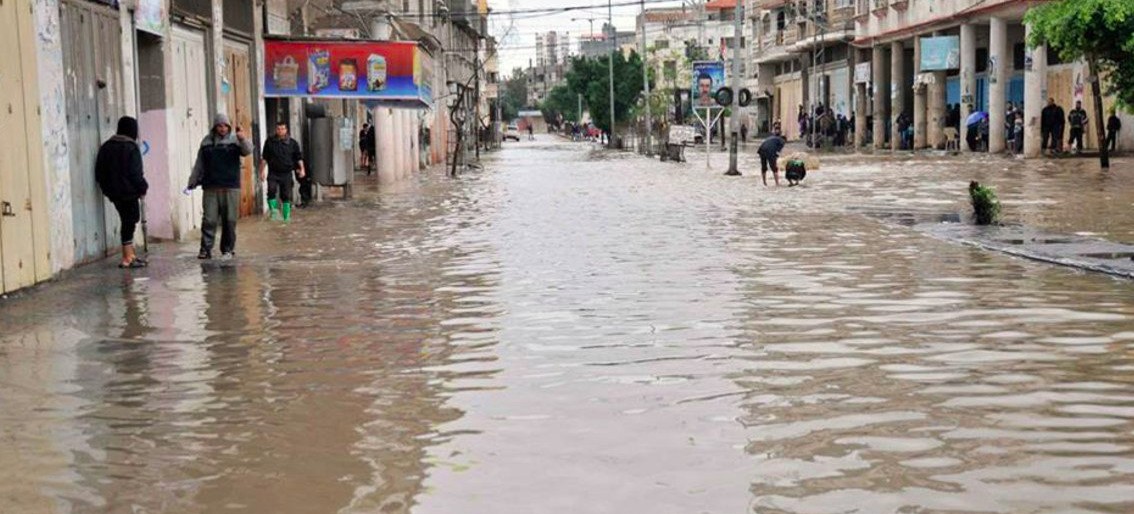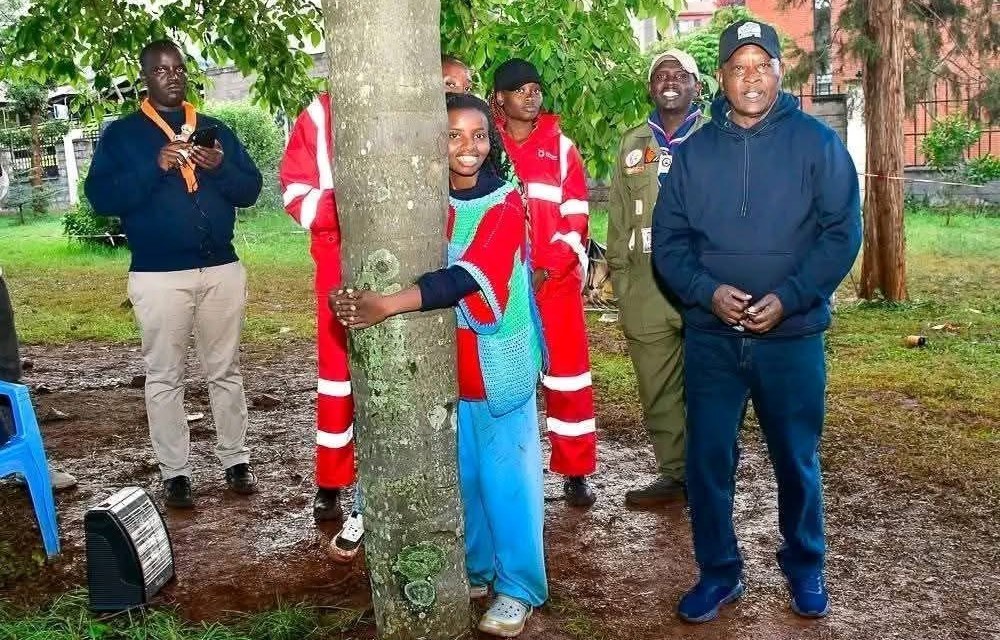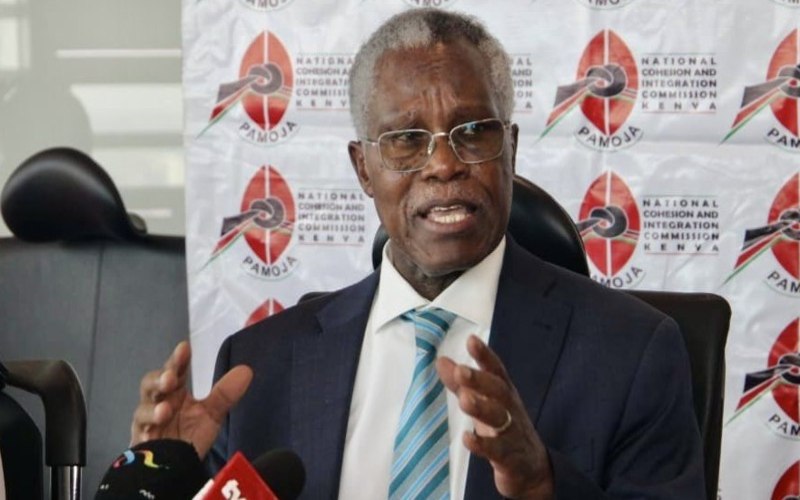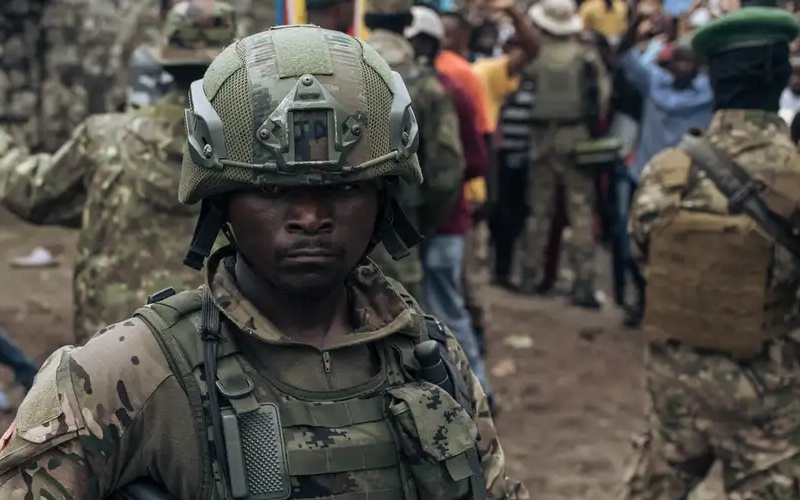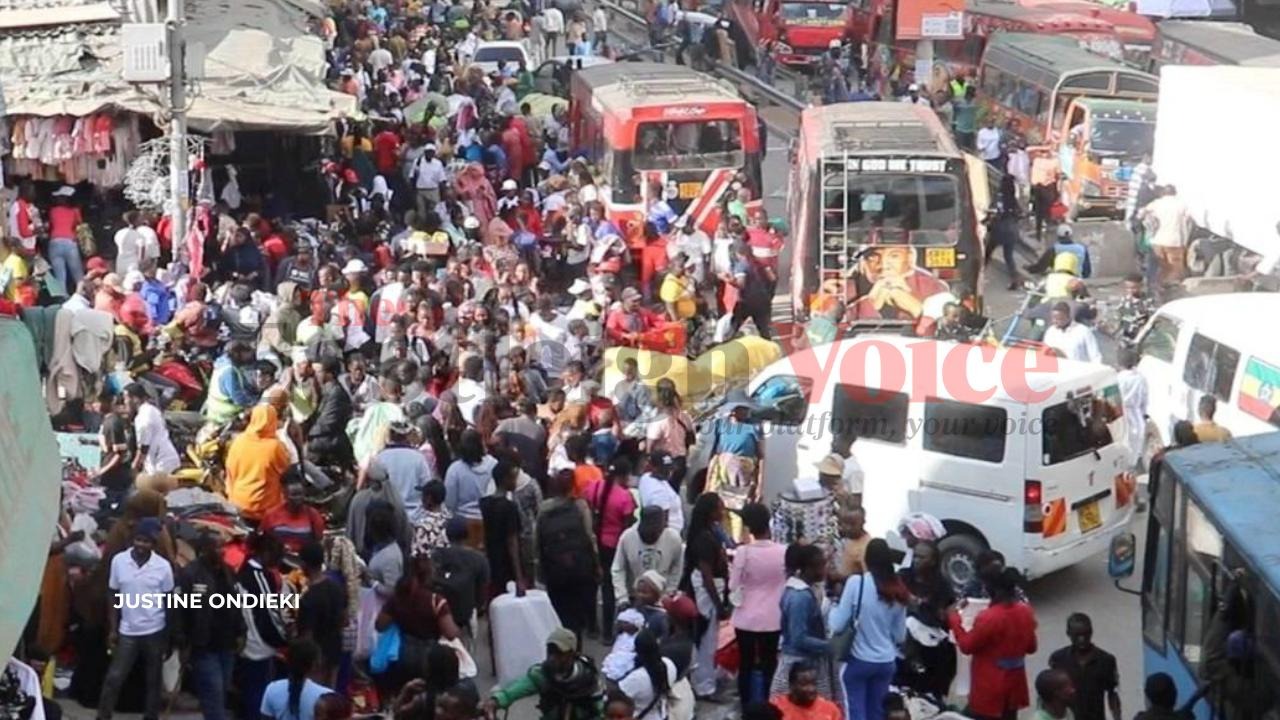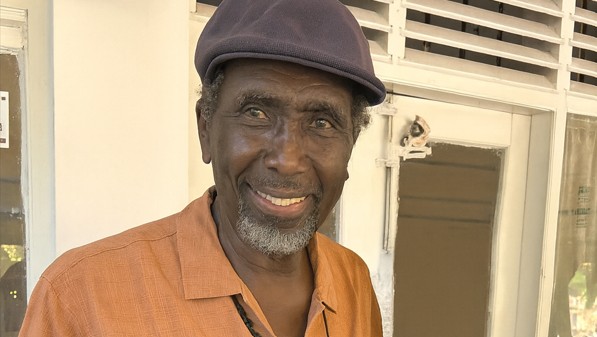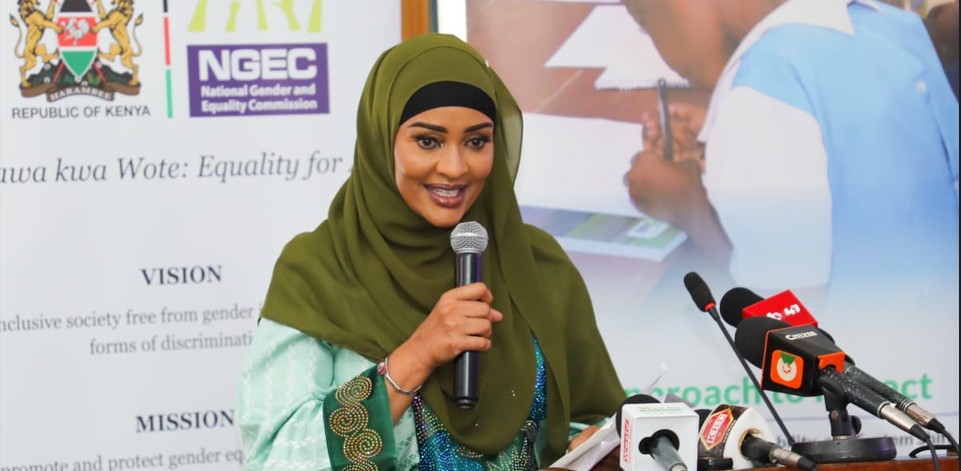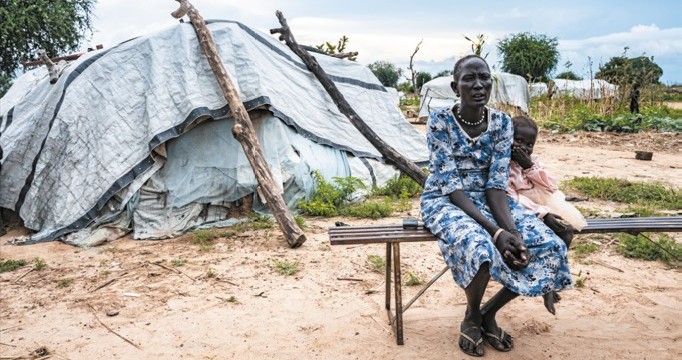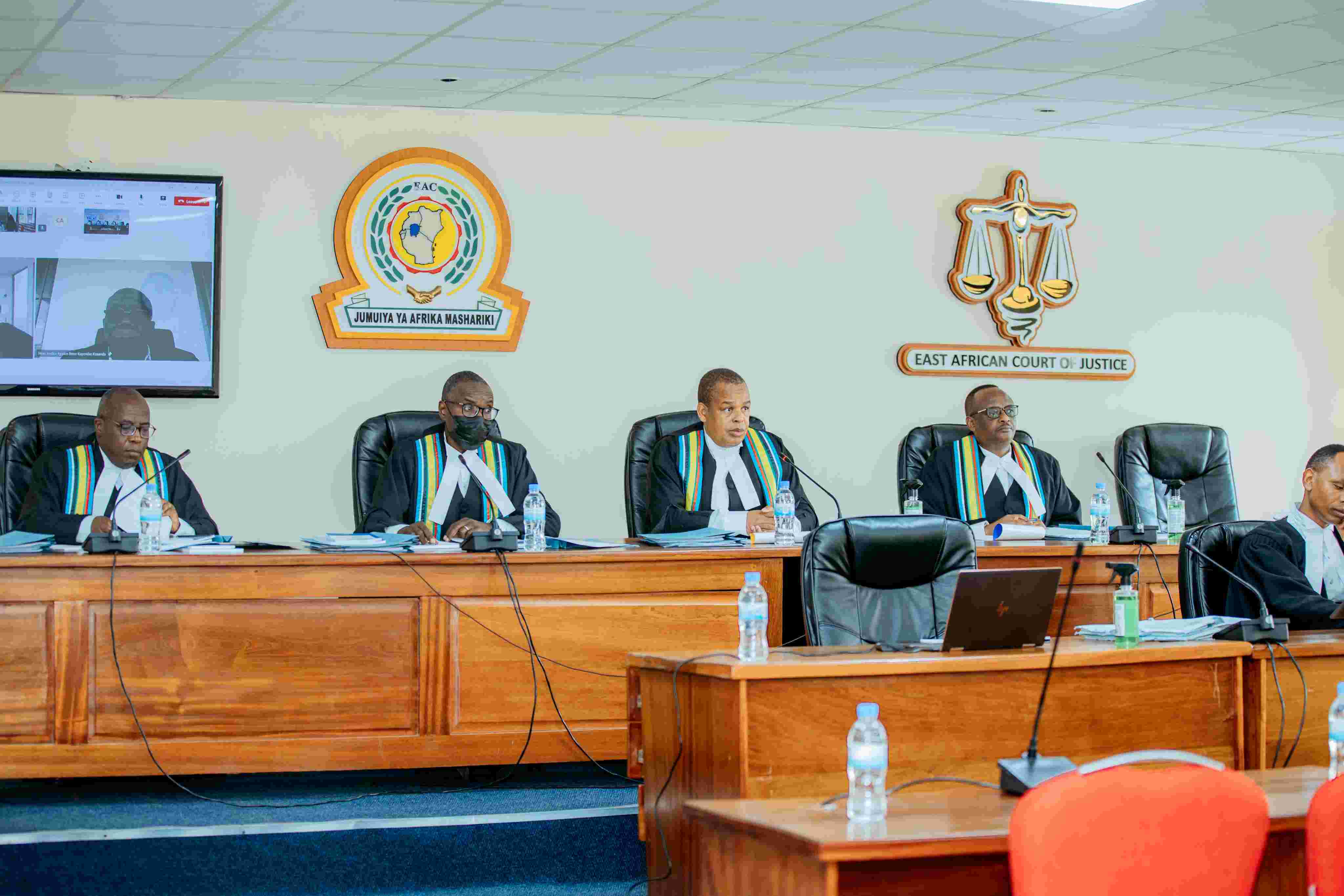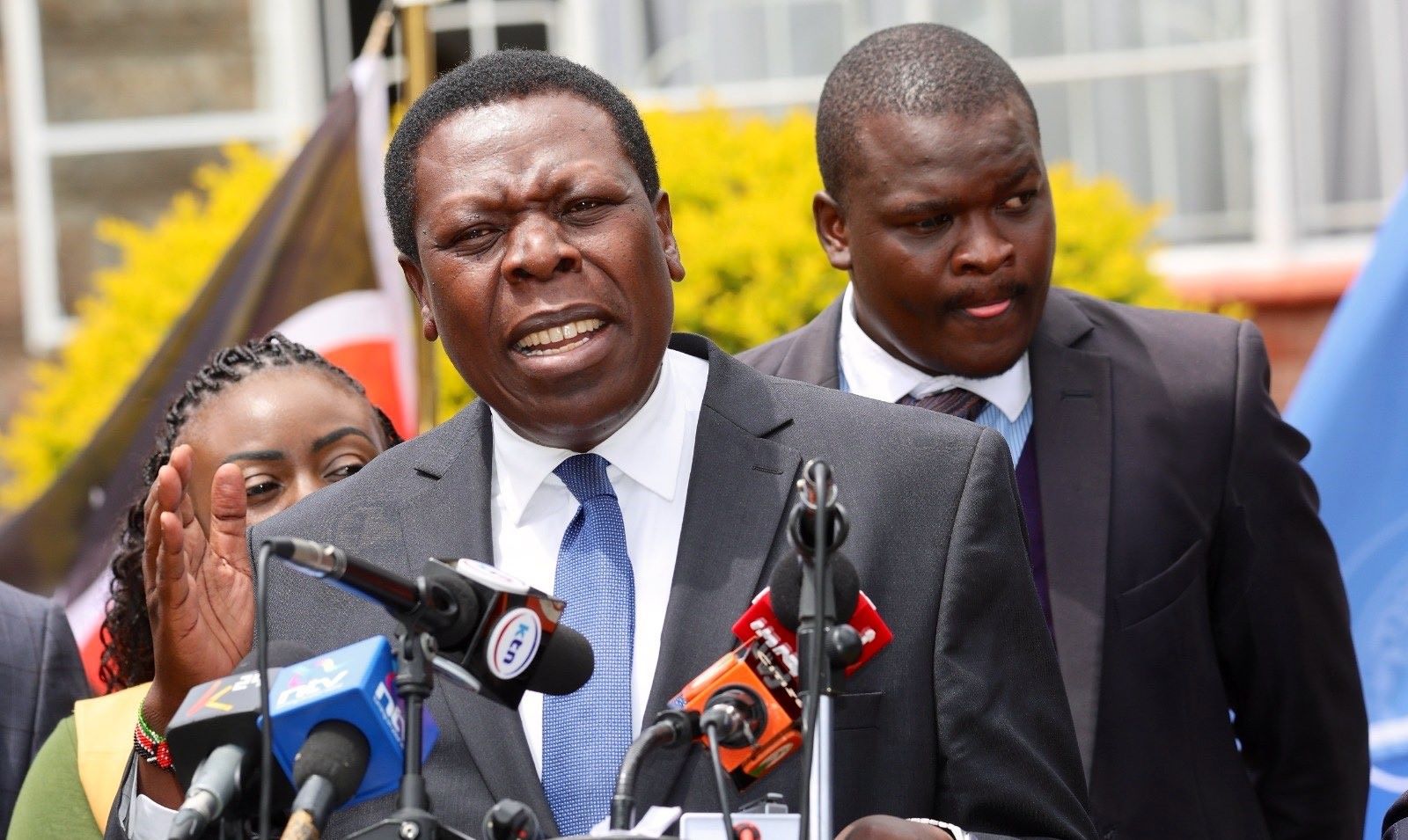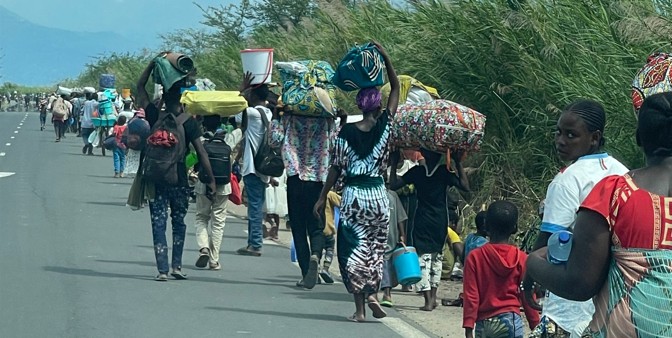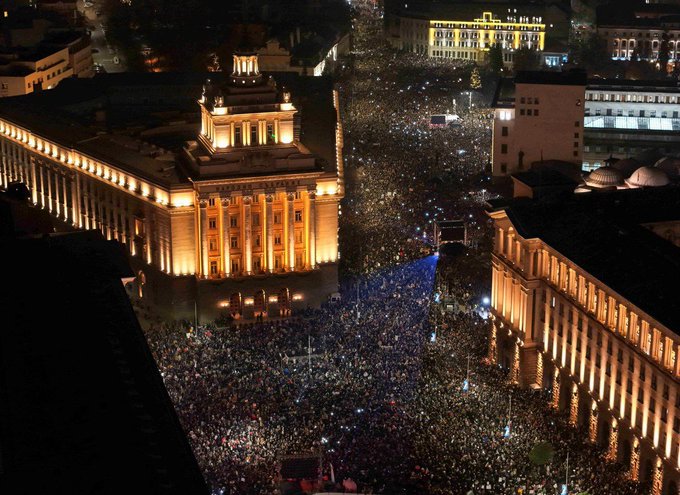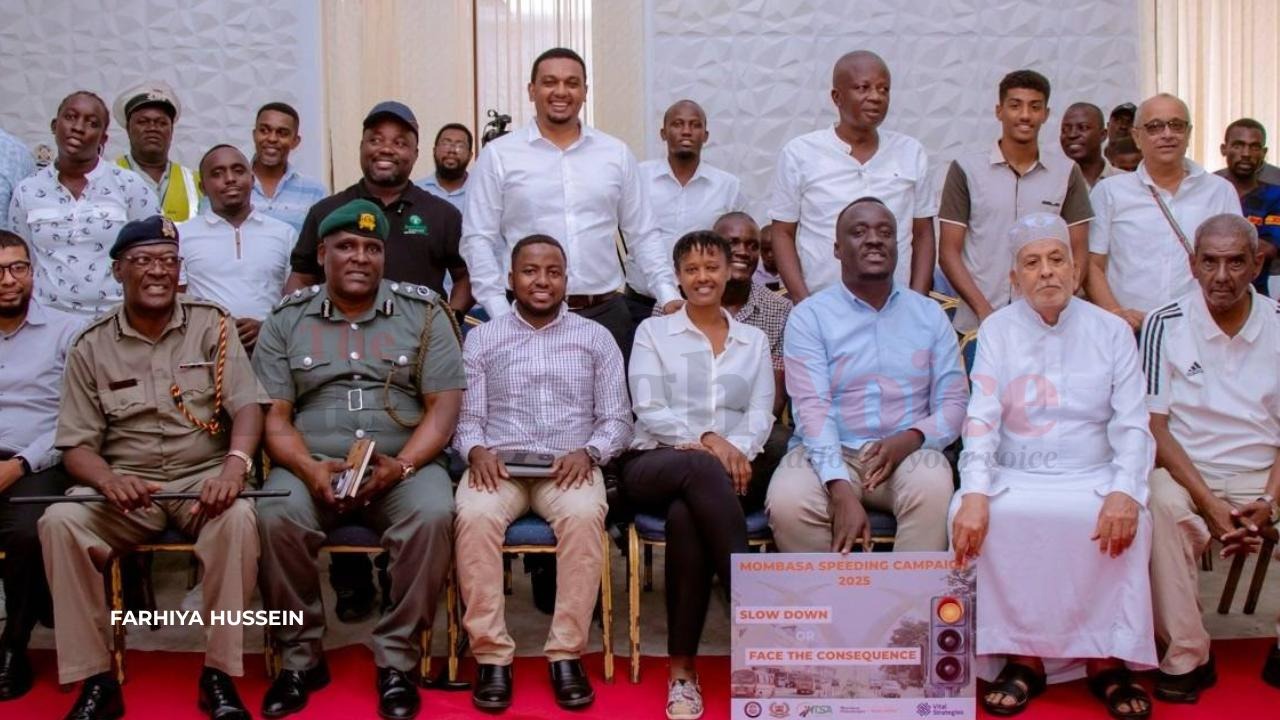Grade 9 transition faces uncertainties over teacher shortage, infrastructure challenges
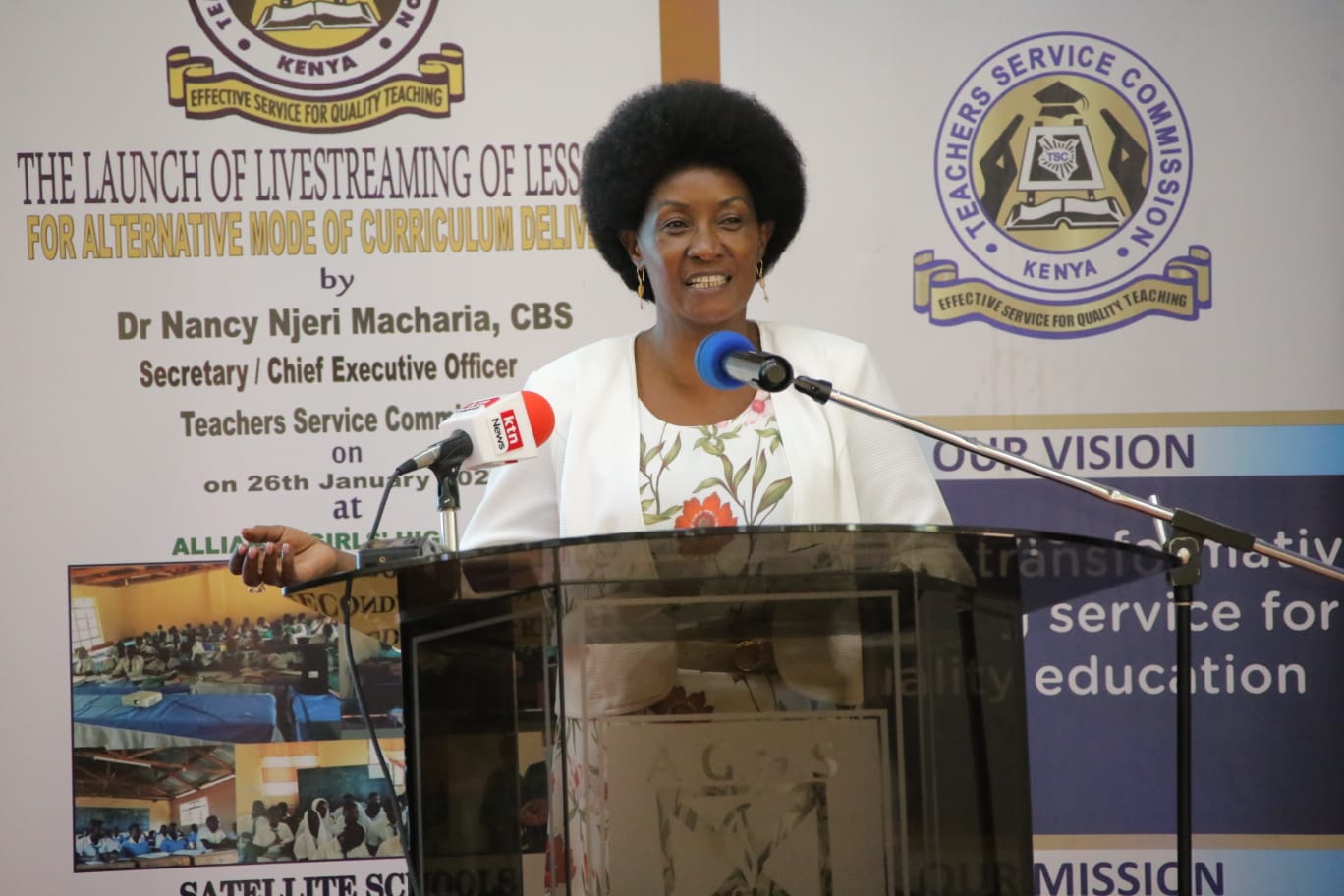
Currently, junior schools remain critically understaffed, with staffing levels failing to match the required skill sets.
As students prepare to enter Grade 9 in January next year, significant challenges loom on the horizon, primarily a shortage of qualified teachers and inadequate infrastructure.
These issues persist despite government efforts to address them.
More To Read
- KNEC confirms Grade 9 repetition no longer allowed, advises focus on learner strengths
- Senators demand permanent jobs for 20,000 junior secondary intern teachers
- No more certificates for Grades 6 and 9 learners under new education policy
- Junior secondary teachers challenge move to place them under primary school heads
- JSS teachers warn lack of facilities undermining student preparedness for senior school
- Nairobi MPs push for collaboration to end school overcrowding
Currently, junior schools remain critically understaffed, with staffing levels failing to match the required skill sets.
The Chief Executive Officer of the Teachers Service Commission (TSC) Nancy Macharia on Wednesday, informed the National Assembly Education Committee that funding has been allocated to recruit 20,000 additional teachers on contract for junior schools, encompassing Grades 7, 8, and 9.
This recruitment effort will increase the total number of teachers in junior schools to 76,928 across 20,000 schools an addition of just one teacher per school on average.
In comparison, primary schools have 216,000 teachers, while secondary schools boast 125,000 tutors.
Next year, secondary schools will only accommodate learners in Forms 2, 3, and 4.
"I have never denied the fact that, as a country, we have a crisis and we need to look for ways to address it," Macharia told the committee.
Concerns were raised by MPs about the prevalence of science subjects being taught by arts teachers lacking proper qualifications.
Science teachers' shortage
Macharia acknowledged a severe shortage of science teachers, revealing that numerous advertisements for physics positions have failed to attract applicants.
"We have to agree that there is a shortage of science teachers. When advertisements for physics teachers are made, nobody applies," she remarked.
Arts teachers currently dominate the pool of graduating educators, complicating efforts to find qualified science instructors.
"What is happening in reality is that sciences are being taught by arts teachers. The teachers read at night and during the daytime, they dictate to the students. What mode of teaching is that?" questioned Kabondo Kasipul MP Eve Obara.
The situation is exacerbated by the lack of laboratories in public junior schools, which primarily rely on rudimentary equipment.
This shortage threatens the objectives of the Competency-Based Curriculum Framework, which aims to transition 60 per cent of learners from junior school into science, technology, engineering, and mathematics pathways.
Education Cabinet Secretary Julius Ogamba addressed these issues at a separate event, stating that the teacher shortage is being tackled through retooling.
"The shortage of teachers is being addressed through retooling. Additionally, we have a plan in place to address the shortage of 20,000 teachers by January 2025," he said.
Ogamba confirmed the government's commitment to hiring all contract teachers from last year on permanent terms.
However, with only two months left before Grade 9 learners begin, the Ministry of Education has managed to complete just 3,500 out of the targeted 11,000 classrooms.
In August, the ministry announced an initiative to construct 18,000 classrooms to accommodate Grade 9 learners, with 11,000 classrooms to be built by the ministry with the support of development partners, and 7,000 through the National Government Constituency Development Fund (NG-CDF).
"We have already completed 3,500 classrooms. The next batch of 7,500 is under construction, with completion rates ranging from 22 per cent to 68 per cent. Additionally, 5,000 more classrooms will be built in partnership with the ministry and other stakeholders," Ogamba reassured.
He insisted that all Grade 9 classrooms would be completed by January 2025, as preparations for the upcoming transition continue amid significant challenges.
Top Stories Today

